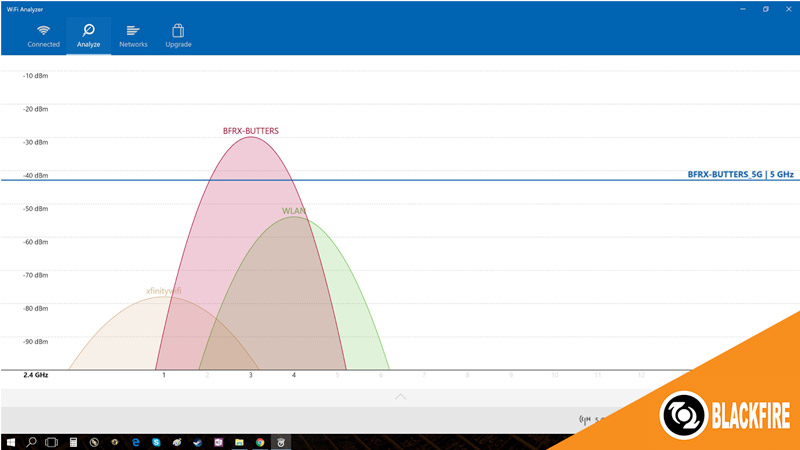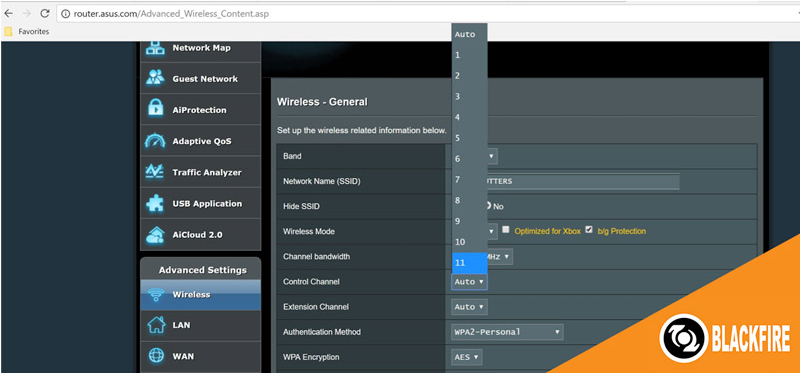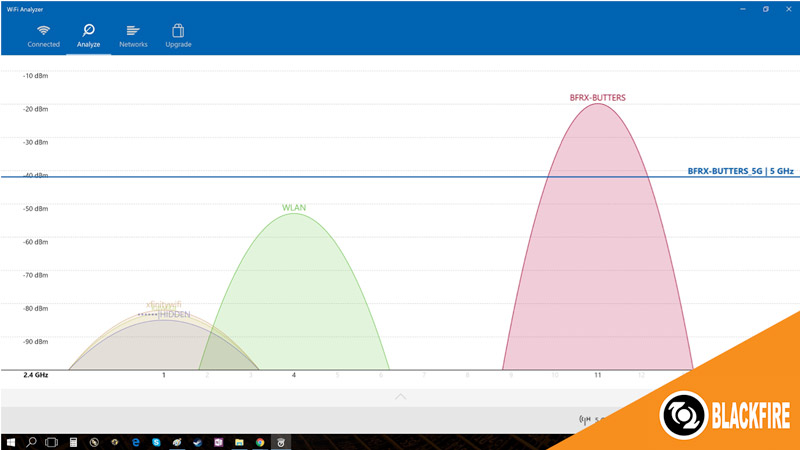Europe’s largest consumer electronics show, IFA, is currently taking place in Berlin. Before the show even began, companies like Amazon, Microsoft, and Sony were already making a splash with big announcements. So what are the new and continuing tech trends of the second half of 2017, as we slowly make our way into the holiday season? And what can we expect from our CE devices in the near future? Here are our main takeaways from IFA 2017!
The War for Cloud AI Control Heats Up
In what we see as a very Game of Thrones maneuver, Amazon and Microsoft have formed an alliance. Before the show began, it was announced that Amazon’s Alexa and Microsoft’s Cortana voice interfaces will soon be able to interact with each other which potentially opens up a powerful combination of Microsoft’s business app integration with Amazon’s rapidly growing Smart Home device integration. This sort of cooperation between competing technologies is huge news, especially in a market that is known for closed ecosystems. This alliance will serve as a blow to Google and Apple, whose Google Assistant and Siri, are still struggling to integrate 3rd party devices.
Speaking of Google, back in May, they opened up their AI software development kit (SDK) in the hopes of getting Google Assistant integrated into a plethora of third party smart devices for the home, a move directly in response to the “The Amazon Home Takeover” at CES in January. At IFA, it was announced that Google Assistant will be integrated into new smart speakers, like Sony’s biggest unveil at the show, the Apple HomePod look-alike, LF-S50G (rolls off the tongue, doesn’t it?) and various LG home appliances. Although this is all great news for Google, it’s not hard to notice that Amazon is still way ahead in the race for smart home ownership – which is ironic, since Google paid $3.2B in 2014 to buy IoT pioneer Nest Labs. Is this an indication of Google’s growing disfunction as a company?
Wireless Woes
Ever since the iPhone 7 ditched the headphone jack last year, other smartphone manufacturers have begun to follow suit. At IFA this year, wireless headphones were in an abundance. Beyerdynamic has unveiled Aventho Wireless headphones, a beautifully designed wearable, using their super high-end Tesla drivers. The only problem? These ultra lux Hi-Fi quality headphones use APTX HD Bluetooth, a lossy-compression algorithm that is only supported in about 5 Android phones, meaning most of the time you’d be listening to the gurgling mess that is regular Bluetooth SBC. If ever a product deserved lossless HD streaming over WiFi…this just seems like a complete missed opportunity. Sad! And then there are the new Marshall Headphones Bluetooth speakers, which are adding WiFi for multi-room capabilities. (Even Bluetooth speakers are ditching Bluetooth.)
Conclusions
IFA 2017 has shown us that the smart home is getting smarter, and cell phones are expanding their wireless capabilities. And thanks to new low-cost, low-powered chipsets, it’s WiFi all the way as far as connectivity. Now all we need is a protocol that runs on standard WiFi, connects multiple brands, is agnostic to the voice AI wars and has the performance to handle streamed media. Hmmm….










